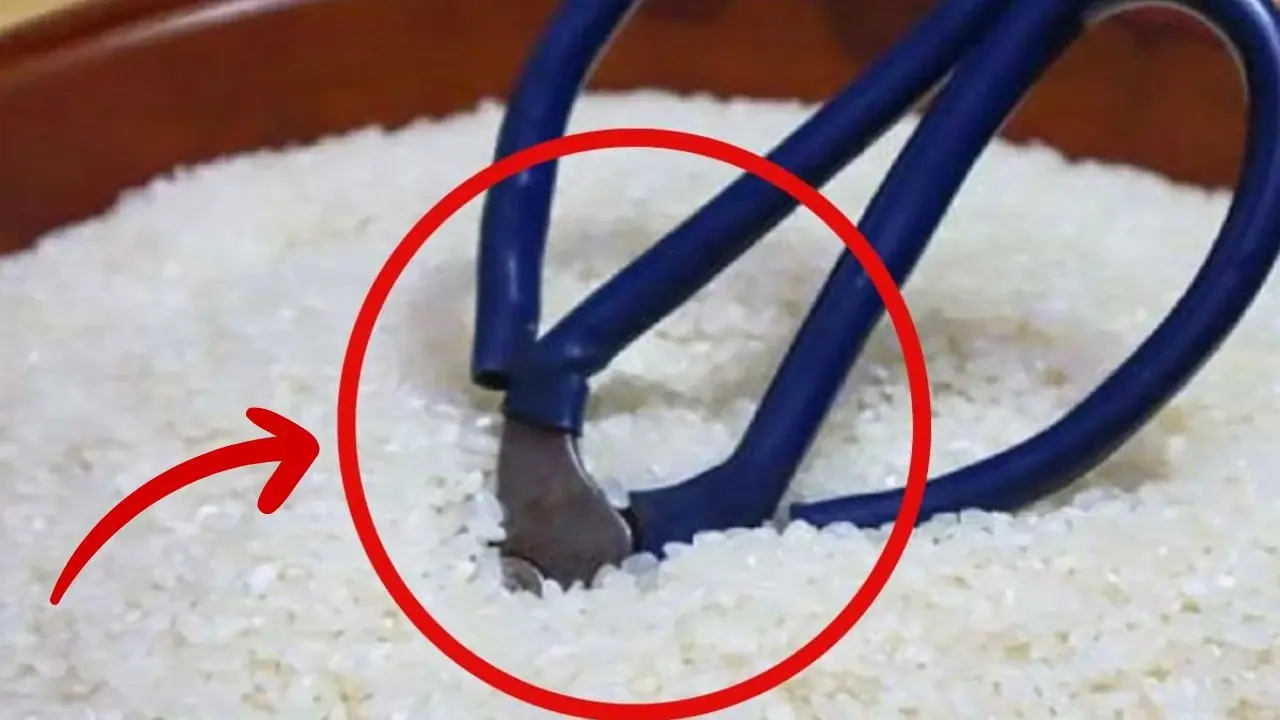
The hidden dan.gers of con.taminated pork
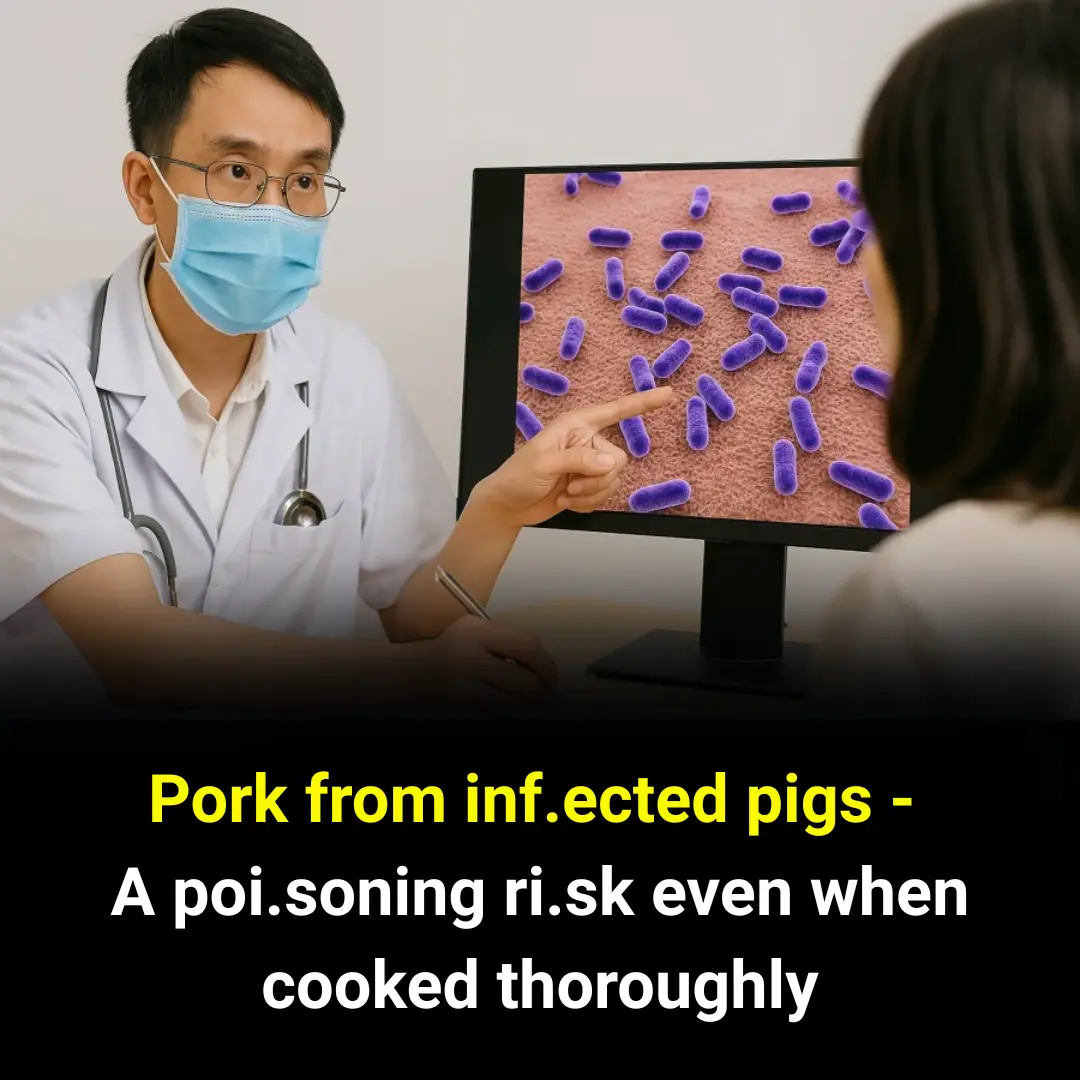
The Invisible Ki.ller on Your Dining Table
Pork is a staple in many cuisines around the world, but it’s also one of the most common sources of foodborne illness when not handled or cooked properly. With the rise of animal diseases and concerns about livestock health, health experts continuously warn about the dangers of consuming infected pork. Pigs carrying diseases like Salmonella, E. coli, and Listeria often don’t exhibit symptoms themselves but can still transmit these harmful bacteria to humans when consumed. These pathogens, once ingested, can cause severe symptoms such as diarrhea, vomiting, abdominal pain, fever, and, in the most severe cases, septicemia if not treated promptly.
However, the da.ngers don’t stop at bacteria. Pigs infected with various parasites, such as trichinosis (roundworms) and tapeworms, can pass these organisms along through their meat. Unfortunately, these parasites are often invisible to the naked eye, making the meat appear safe while silently posing a significant threat to health. Once inside the human body, these parasites can cause damage to vital organs like the eyes, brain, heart, and other organs, leading to severe complications and potentially even death if left untreated.
Boiling Doesn’t Always Save You: Bacterial To.xins Survive High Heat
Many people believe that cooking meat thoroughly, especially boiling it for a long period, will eliminate any bacteria or harmful substances present. This belief, however, is not entirely accurate when it comes to pork. While cooking meat can certainly reduce the risk of bacterial infection, certain toxins produced by bacteria, such as endotoxins, histamine, and mycotoxins, can survive even at temperatures of 100°C. These to.xins can cause severe food poisoning, leading to symptoms like continuous vomiting, severe diarrhea, high fever, and low blood pressure. In some cases, they can trigger to.xic shock syndrome, which is a life-threatening condition requiring immediate medical attention.
These to.xins can't be destroyed simply by heat, meaning that even well-cooked contaminated pork can still pose a threat. This is why it is vital to ensure the meat is sourced safely and cooked properly, especially when dealing with pork from sources that might not meet stringent health and safety standards.
How to Identify Unsafe Pork?
Identifying infected or contaminated pork with the naked eye is extremely difficult, particularly once the meat has been cut, marinated, or processed. However, there are certain warning signs you can look for when inspecting pork:
-
Color and Texture: The meat should have a fresh, pinkish color. If it looks pale or has a greasy appearance, this could indicate it’s not fresh. Additionally, if the meat lacks elasticity or feels overly soft, it may be a sign of contamination.
-
Smell: Fresh pork should have a neutral, slightly meaty smell. If you notice a pungent or unpleasant odor, this could indicate spoilage or the presence of harmful bacteria.
-
Surface Appearance: Look for any unusual spots, including white patches, off-colored streaks, or cloudy sections. These could be signs of parasites or bacterial contamination.
-
Offal and Organs: When examining pork organs like liver or kidneys, check for strong, foul odors. If the organs appear cloudy, discolored, or soft, this is a clear indication that the pork is unsafe.
Raw Pork Products: Specialty products like raw fermented pork or sausages should also be treated with caution if made from unverified or suspicious sources. Always ensure these products come from trusted, certified vendors to reduce the risk of foodborne illness.
Expert Warning: Be Cautious from Selection to Preparation
Many people mistakenly believe that boiling pork for a sufficient amount of time will eliminate any risks. However, as noted above, the toxins produced by infected pork are not always neutralized by heat. The dangers of consuming pork infected with harmful bacteria or parasites are serious, and the consequences can be especially dire for vulnerable populations such as the elderly, children, and pregnant women.
Health experts emphasize the importance of choosing pork from reputable sources, ideally from establishments that undergo veterinary inspections and meet food safety standards. When preparing pork, it is essential to wash the meat thoroughly with diluted saltwater and to avoid cross-contamination by using separate cutting boards and knives for raw and cooked meats.
Safety Tips for Handling Pork
To help protect yourself and your family from the dangers of contaminated pork, consider these important guidelines:
1. Buy Pork from Trusted Sources: Purchase pork from reputable markets, supermarkets, or stores with proper certification. Always ensure the meat is labeled as inspected and approved by health authorities.
2. Examine the Meat Carefully: Look for fresh, pink pork with a dry, firm surface. If the meat looks or smells off, do not purchase or consume it.
3. Cook Thoroughly: Avoid consuming raw or undercooked pork. When boiling, stewing, or roasting, ensure the pork is cooked thoroughly, and always boil for at least 15 minutes to guarantee it reaches a safe internal temperature.
4. Clean Utensils Properly: Always use separate cutting boards and utensils for raw and cooked meats. Clean them thoroughly after each use with hot, soapy water and ensure they are completely dry before using them again.
5. Deworming for Your Family: Consult with your doctor or pharmacist about a regular deworming schedule, especially for children or individuals who may be more susceptible to parasitic infections.
Conclusion: The Silent Risk of Con.taminated Pork
Pork remains an important part of many diets due to its nutritional value and versatility. However, without proper care in sourcing, handling, and cooking, it can become a silent risk to health. By following safety guidelines, purchasing meat from trusted sources, and ensuring thorough cooking, you can enjoy the benefits of pork while minimizing the health risks associated with it. Knowledge and caution are key in protecting your family and ensuring safe consumption of pork.
News in the same category


Coconut water is good for health but the following 5 groups of people absolutely should not drink it
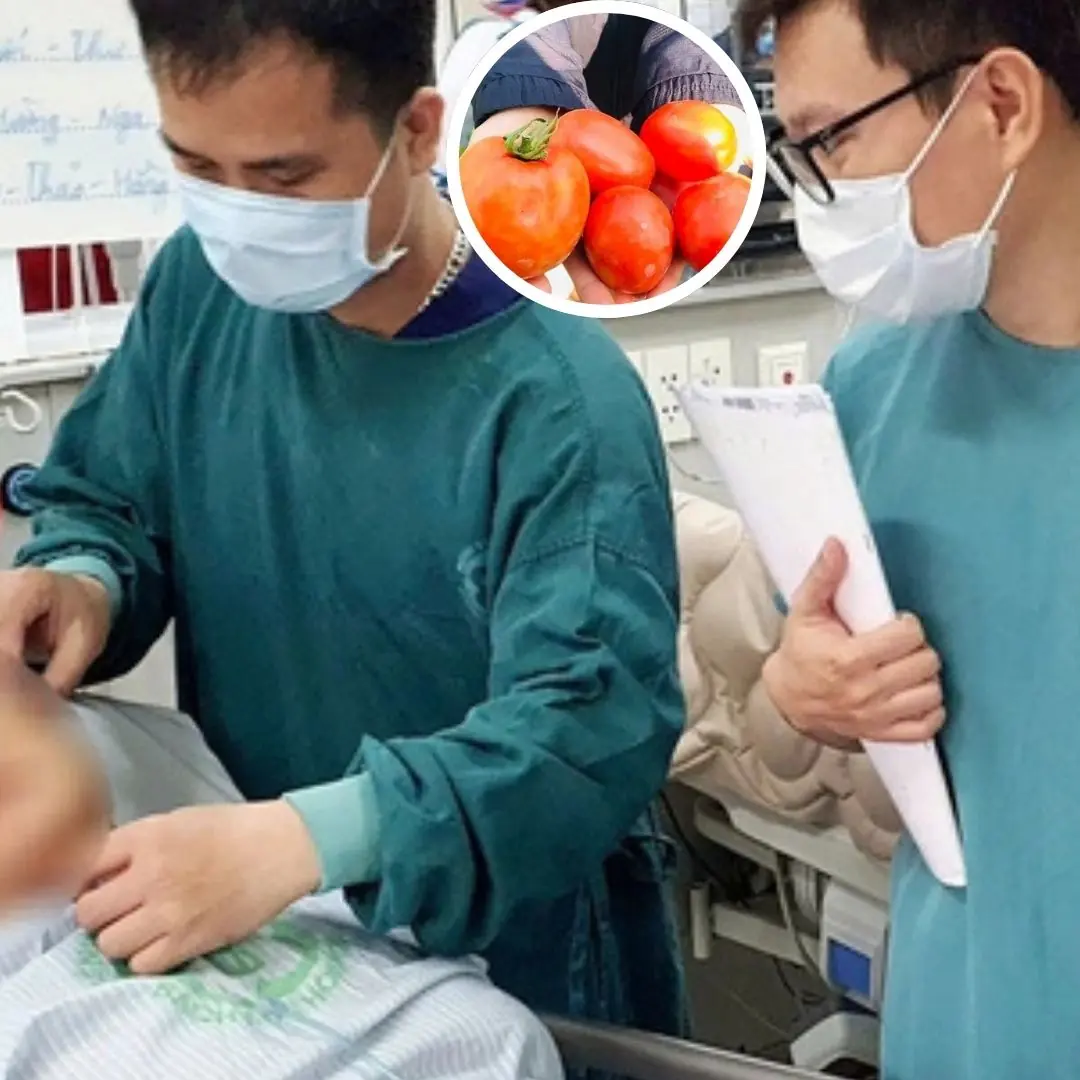
Woman hospitalized for mistake while eating tomatoes

Doctor Reveals: Simple One-Minute Thumb Test Could Detect a "Ticking Time Bo.mb" He.art Condition

Sudden Deafness After a Late-Night Shower – The High Price of a Seemingly Harmless Habit!
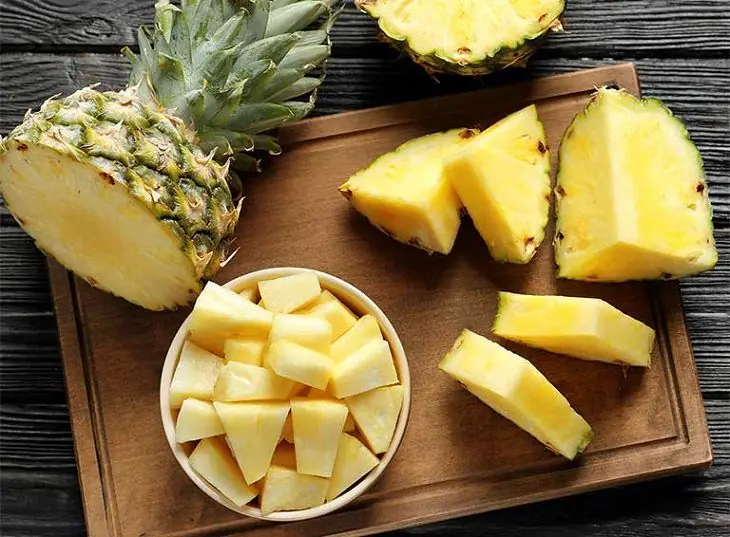
The amazing health benefits of pineapple and who should avoid it

People who should not eat eggs
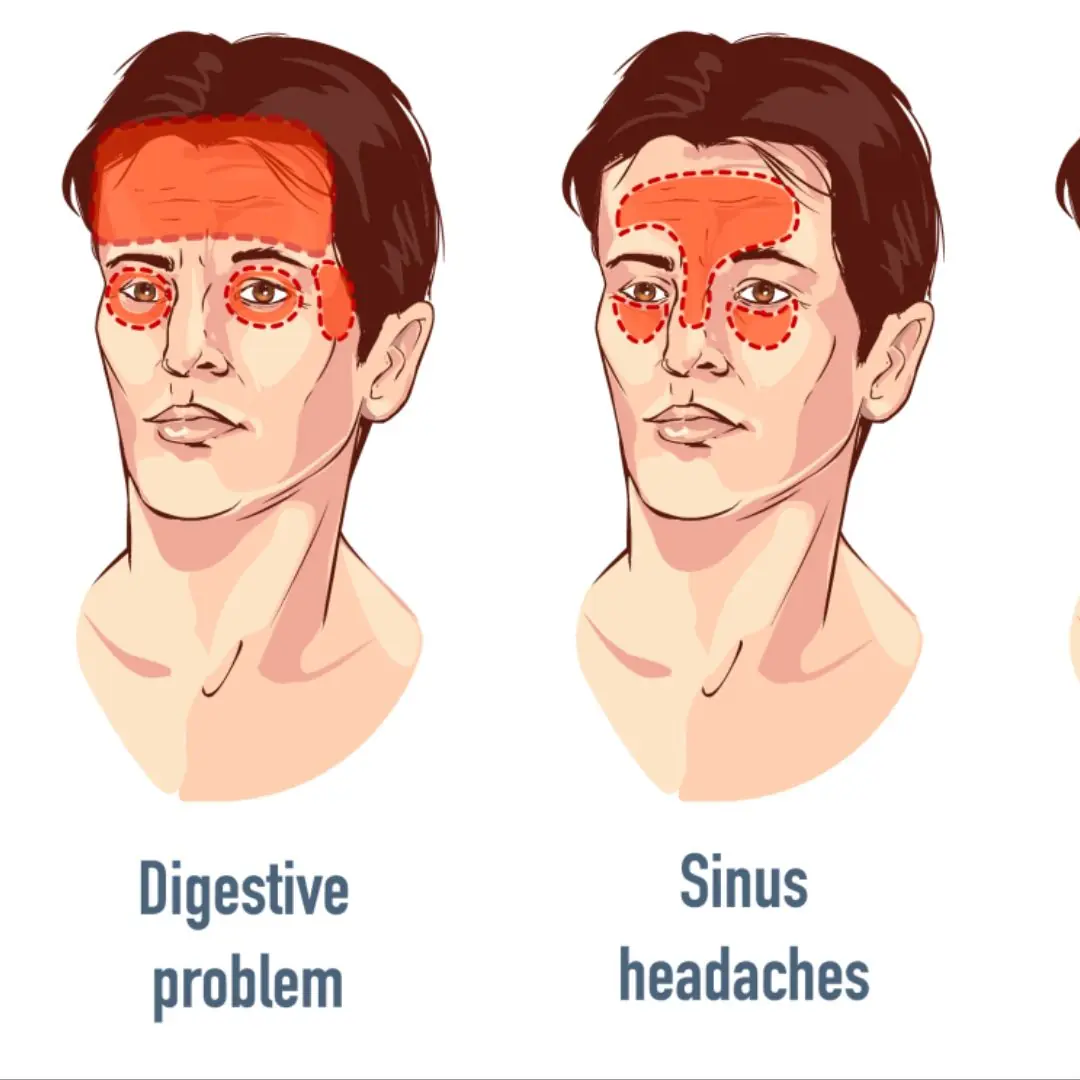
3 Warning Signs of Severe Headache that Might Save You from Cerebrovascular Disease

6 common signs one month before a heart attack
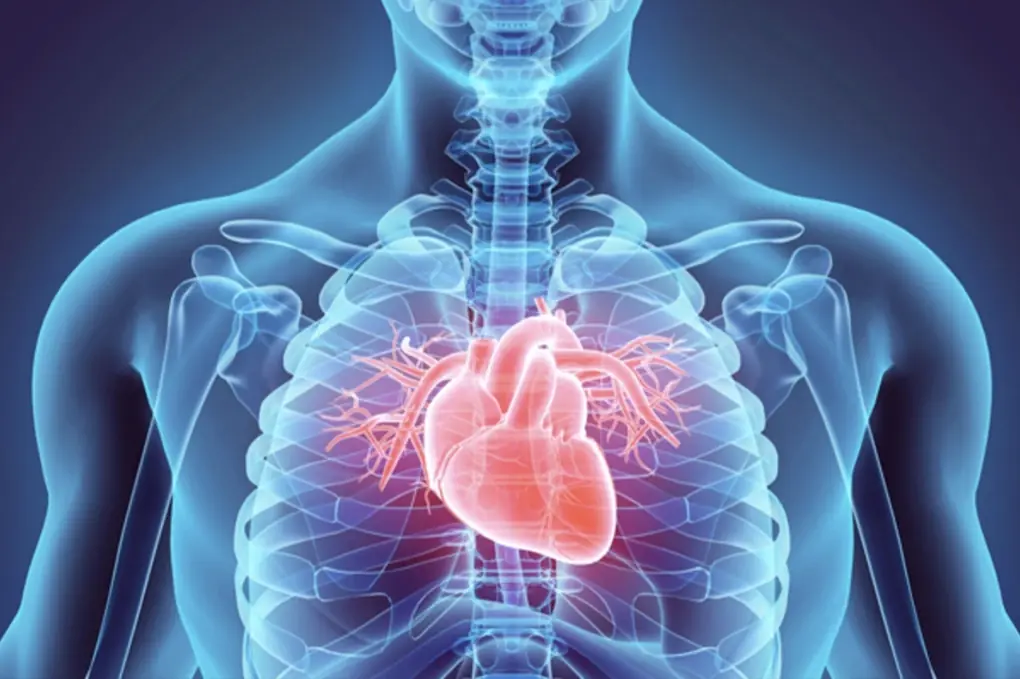
Diseases that can cause sudden de.a.th

Who is susceptible to varicose veins?
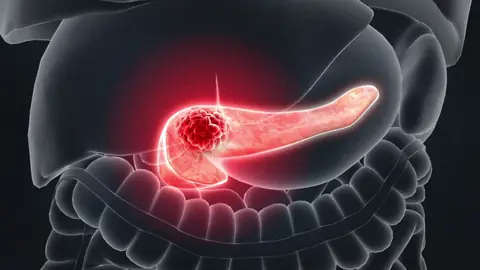
Tumor Disappears After 4 Months of Persistence: Even Doctors Were Amazed

2 Bitter Vegetables to Avoid Immediately, Clean Cutting Board and Knife Thoroughly
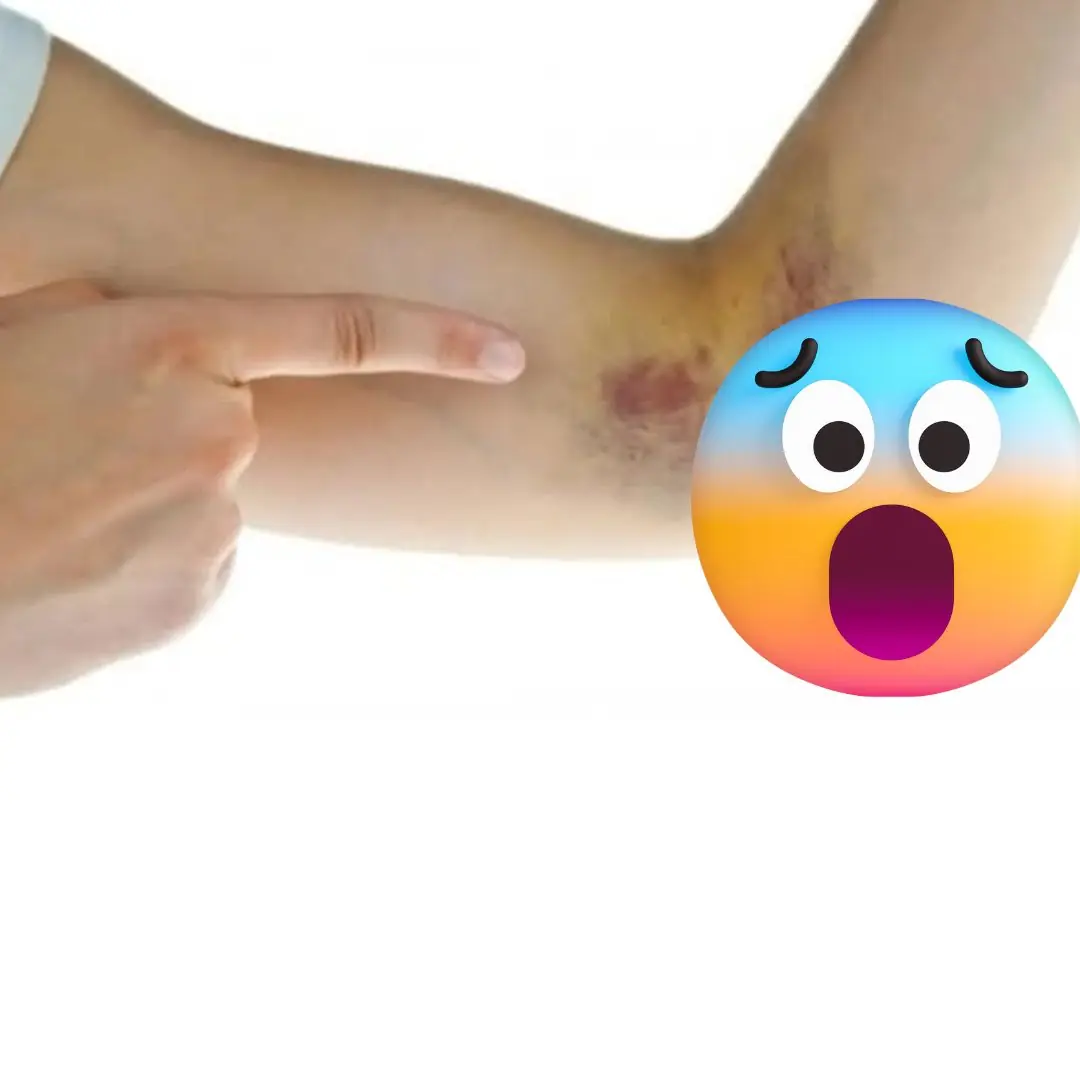
Simple signs to immediately recognize leukemia that you may never notice

5 foods you shouldn't eat in the morning
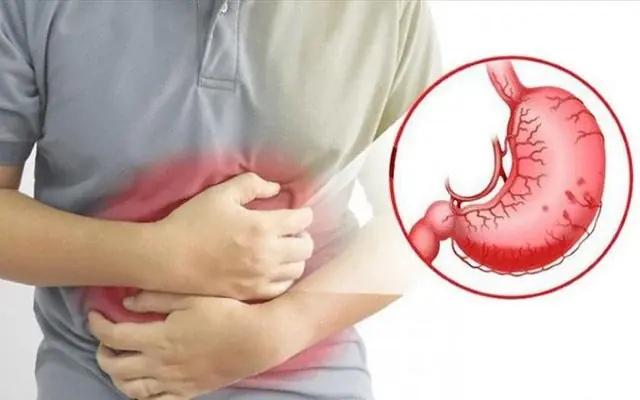
8 wa.rning signs your stomach dis.ease may have reached a severe stage
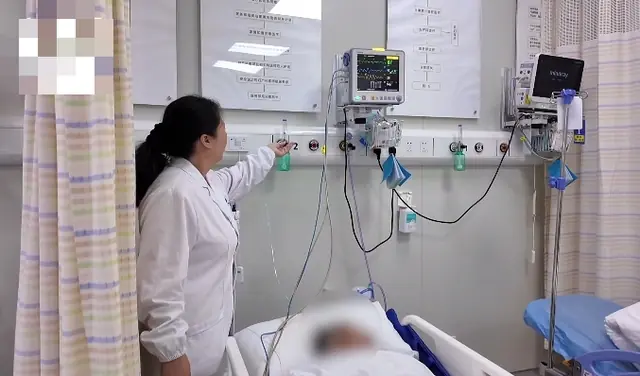
Most women who are susceptible to serious illnesses share these four habits

People who should avoid eating carrots
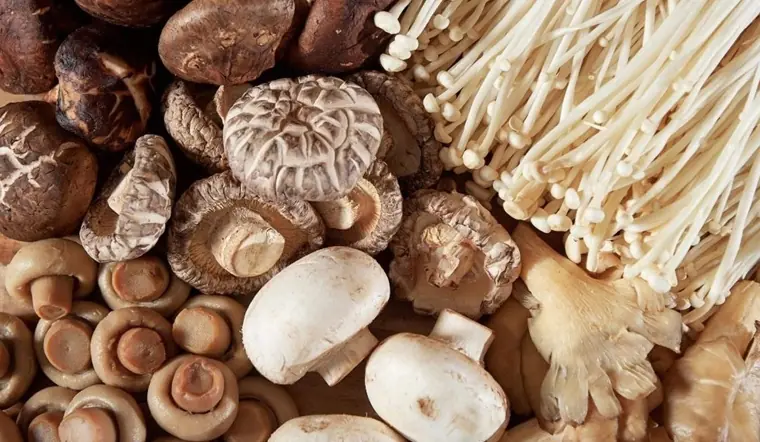
5 immune-boosting foods you should include in your daily diet
News Post

Air India plane crash: reactions from across the world

Are Sweets Really the Culprit for Tooth Decay?

Coconut water is good for health but the following 5 groups of people absolutely should not drink it

Woman hospitalized for mistake while eating tomatoes
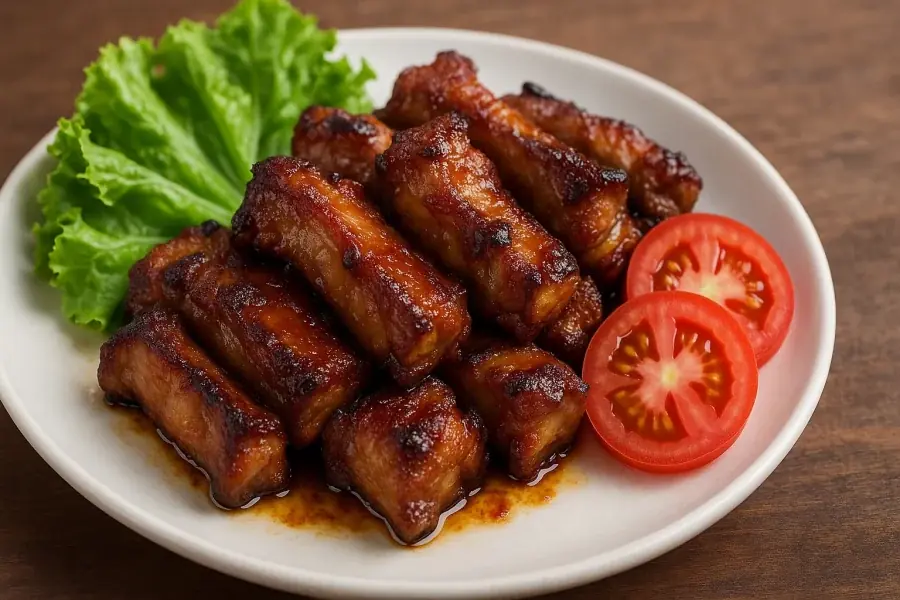
The "Lean-Looking" Pork Cut That’s Actually Greasier Than Fried Chicken — And Most People Have No Idea

Doctor Reveals: Simple One-Minute Thumb Test Could Detect a "Ticking Time Bo.mb" He.art Condition

Sudden Deafness After a Late-Night Shower – The High Price of a Seemingly Harmless Habit!

6 "Taboos" in the Bedroom That Drain Wealth and Severely Harm Health
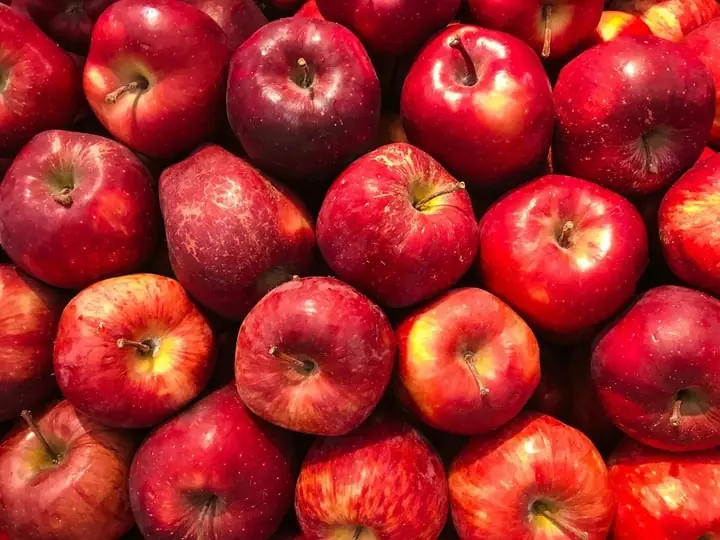
Unveiling the Mystery: Why Don’t Imported Apples Rot After a Whole Month?

What used to be pig feed suddenly turned into "green gold", priced at 1 million/kg but still "sold out"

3 changes in your tongue that show you're getting older

Doctor reveals simple thumb test that can detect heart problems like 'ticking time bomb'
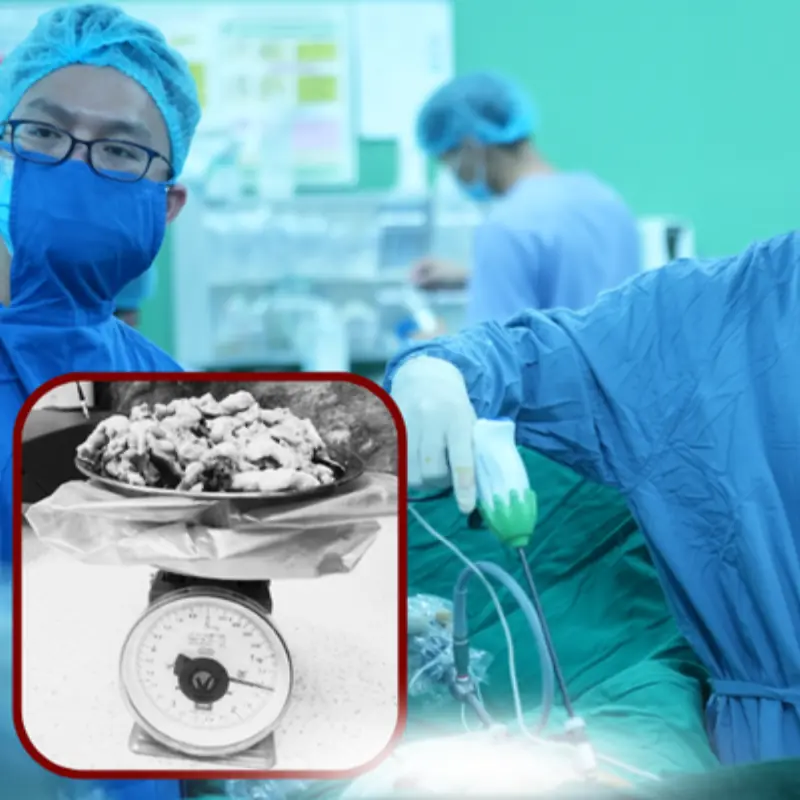
Woman Lived with Uterine Fibroids Weighing Nearly 1.5kg for Over a Decade Without Knowing It — Here's Why
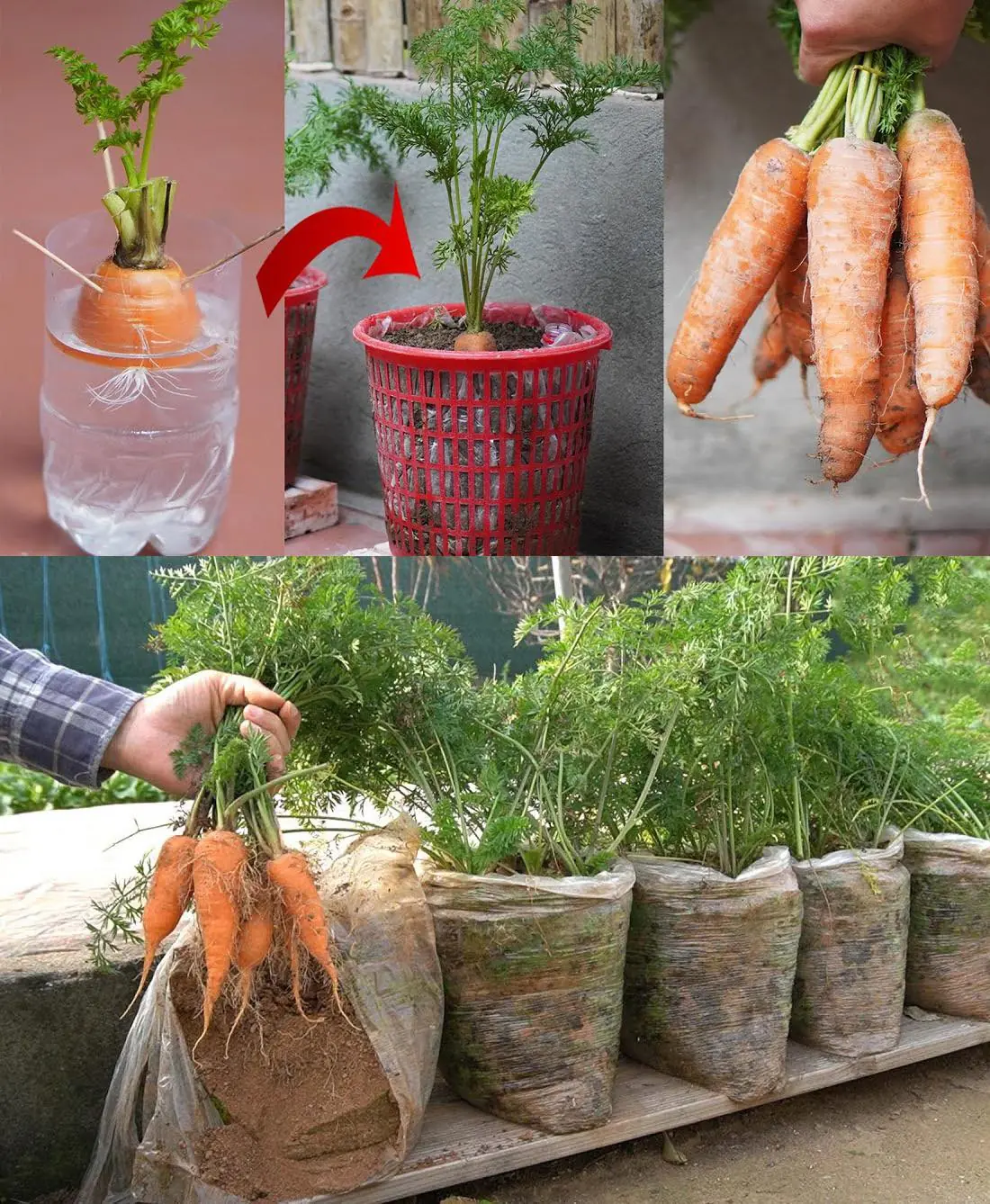
How to Grow Carrots at Home in Containers Starting with a Single Carrot

Turn a small corner of your house into a mini chili garden – both beautiful and useful!

Why hotels prefer white bed linens?

How to clean towels easily and economically

The amazing health benefits of pineapple and who should avoid it

Cancer May "Emit" These 2 Signs at Night – Everyone Should Know to Stay Alert
